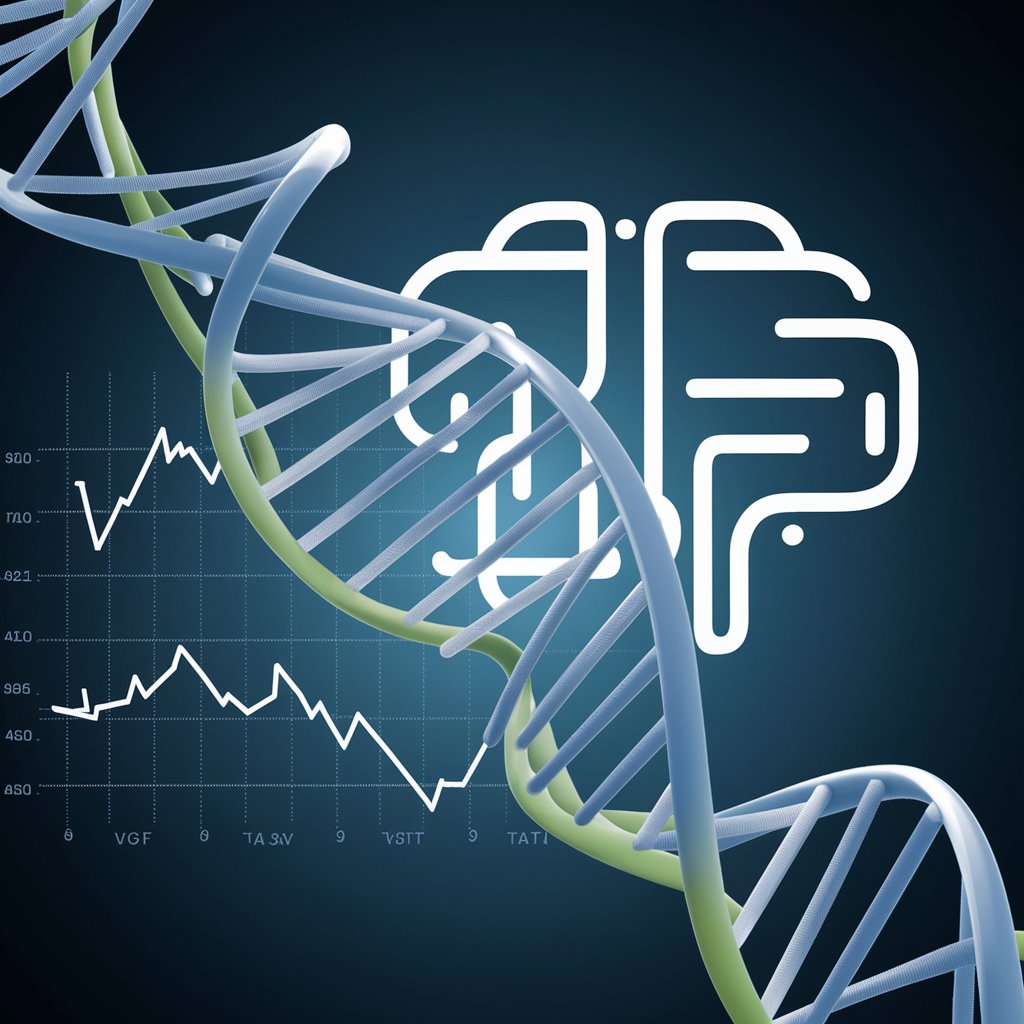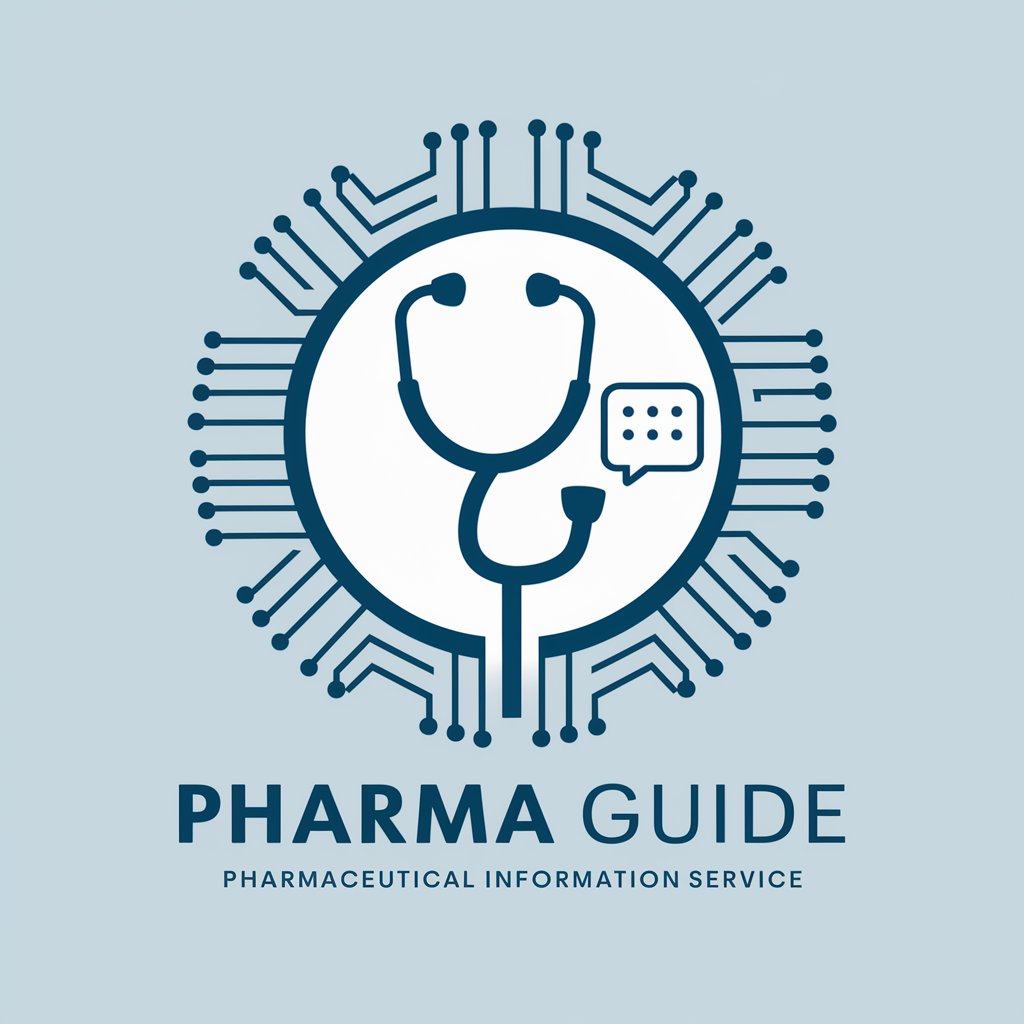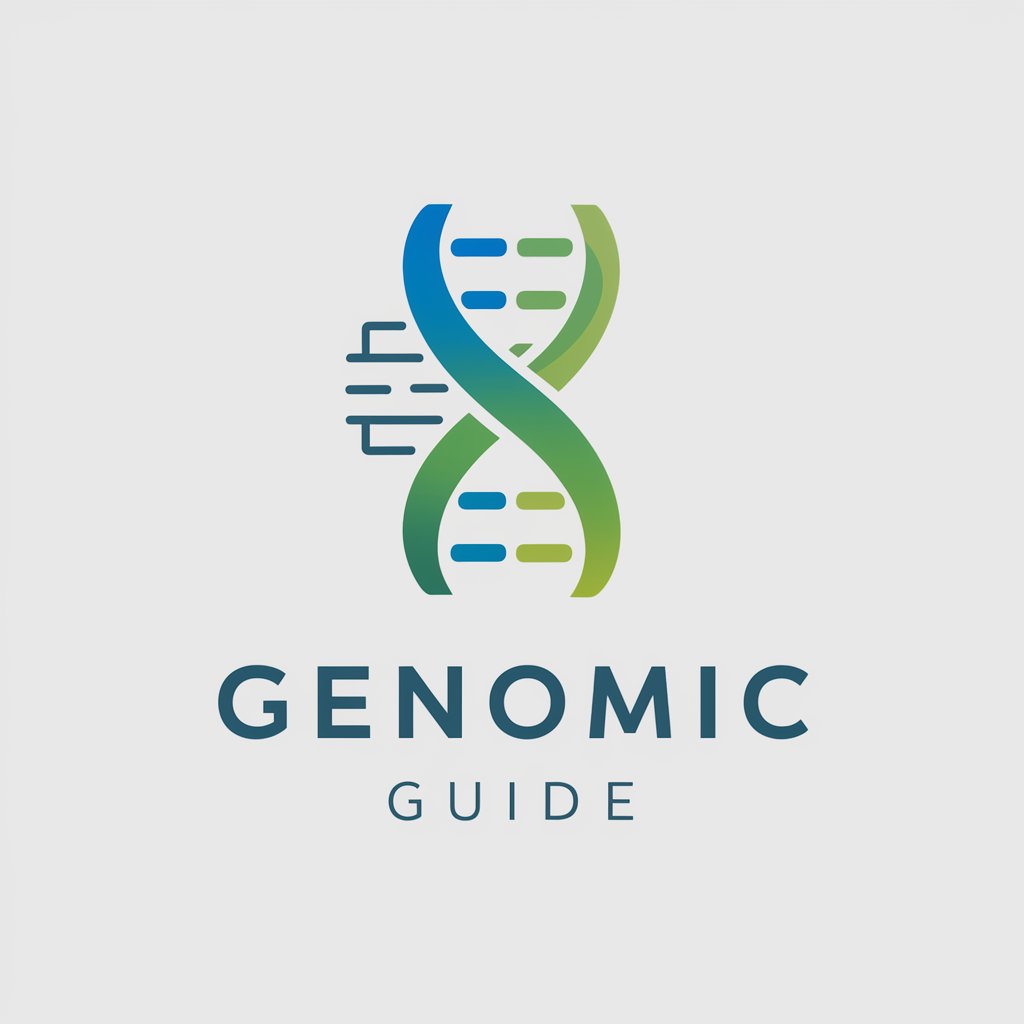
Proteome Guide - Proteomics Insights Tool
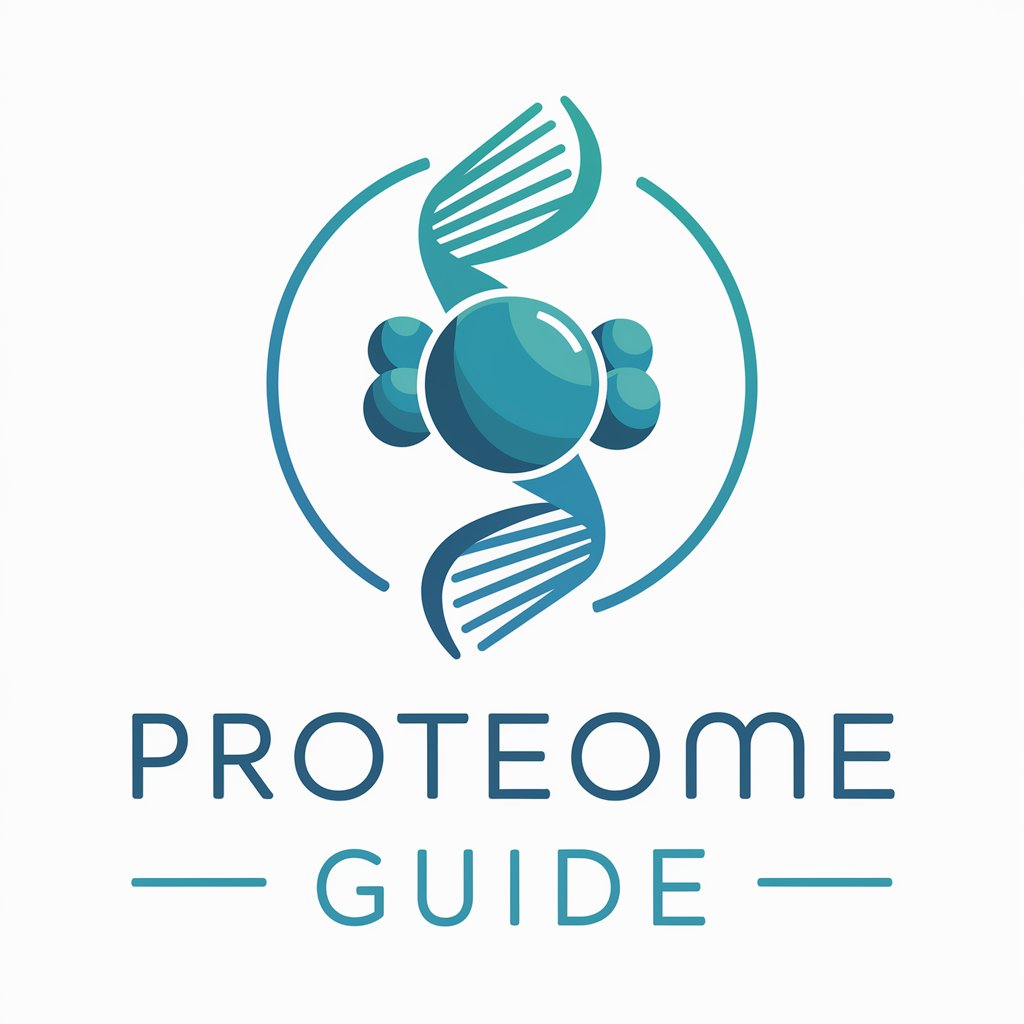
Welcome to Proteome Guide, your expert in all things proteomics.
Deciphering Proteomics with AI
Explain the role of mass spectrometry in proteomics.
Describe the process of protein purification.
Discuss the significance of post-translational modifications in proteins.
What are the latest techniques for protein-protein interaction analysis?
Get Embed Code
Overview of Proteome Guide
Proteome Guide is a specialized AI assistant designed to provide comprehensive assistance in the field of proteomics. It offers in-depth insights into protein structures, functions, and interactions, as well as their roles in biological processes. The guide is tailored to facilitate understanding and exploration of the proteome, the entire set of proteins expressed by an organism or system. This includes discussing latest research, techniques, and applications in proteomics. With a focus on accuracy and clarity, Proteome Guide is capable of demystifying complex concepts for a range of users, from students to seasoned researchers. Powered by ChatGPT-4o。

Core Functions of Proteome Guide
Explaining Protein Structures and Functions
Example
Clarifying how protein folding influences function
Scenario
A student seeking to understand the relationship between protein structure and enzymatic activity.
Detailing Protein Interactions and Pathways
Example
Exploring the role of proteins in cell signaling pathways
Scenario
A researcher examining the implications of protein interactions in cancer development.
Guiding Through Proteomics Techniques
Example
Describing the application of mass spectrometry in proteomics
Scenario
A lab technician learning to interpret mass spectrometry data for protein analysis.
Discussing Latest Research in Proteomics
Example
Analyzing recent findings on protein biomarkers for diseases
Scenario
A medical professional seeking current research on protein biomarkers in Alzheimer's disease.
Target User Groups for Proteome Guide
Students and Educators
Those seeking a foundational understanding of proteomics, including its basic principles and applications in various biological contexts. Educators can use the guide to supplement teaching materials.
Researchers and Scientists
Individuals engaged in proteomics research requiring in-depth information on protein structures, interactions, and functions. This includes insights into cutting-edge research and emerging methodologies.
Medical Professionals
Clinicians and medical researchers interested in the application of proteomics in diagnostics, treatment, and understanding of diseases. This encompasses protein biomarker identification and therapeutic targets.
Biotechnology and Pharmaceutical Industry Professionals
Professionals in drug discovery and development seeking knowledge about protein targets, drug-protein interactions, and the role of proteomics in developing new therapeutics.

How to Use Proteome Guide
1
Begin by accessing yeschat.ai for an initial trial without the need for login or a ChatGPT Plus subscription.
2
Choose 'Proteome Guide' from the list of available GPTs to start exploring the functionalities specific to proteomics.
3
Enter your query related to proteomics in the provided text box. Be as specific as possible to ensure the most accurate and relevant information.
4
Review the provided information and utilize the 'follow-up' feature to dive deeper into topics or clarify any uncertainties.
5
For optimal experience, make use of the 'examples' feature to see common use cases and get ideas on how to phrase your queries effectively.
Try other advanced and practical GPTs
ProteoGuide
Streamline Proteomics with AI
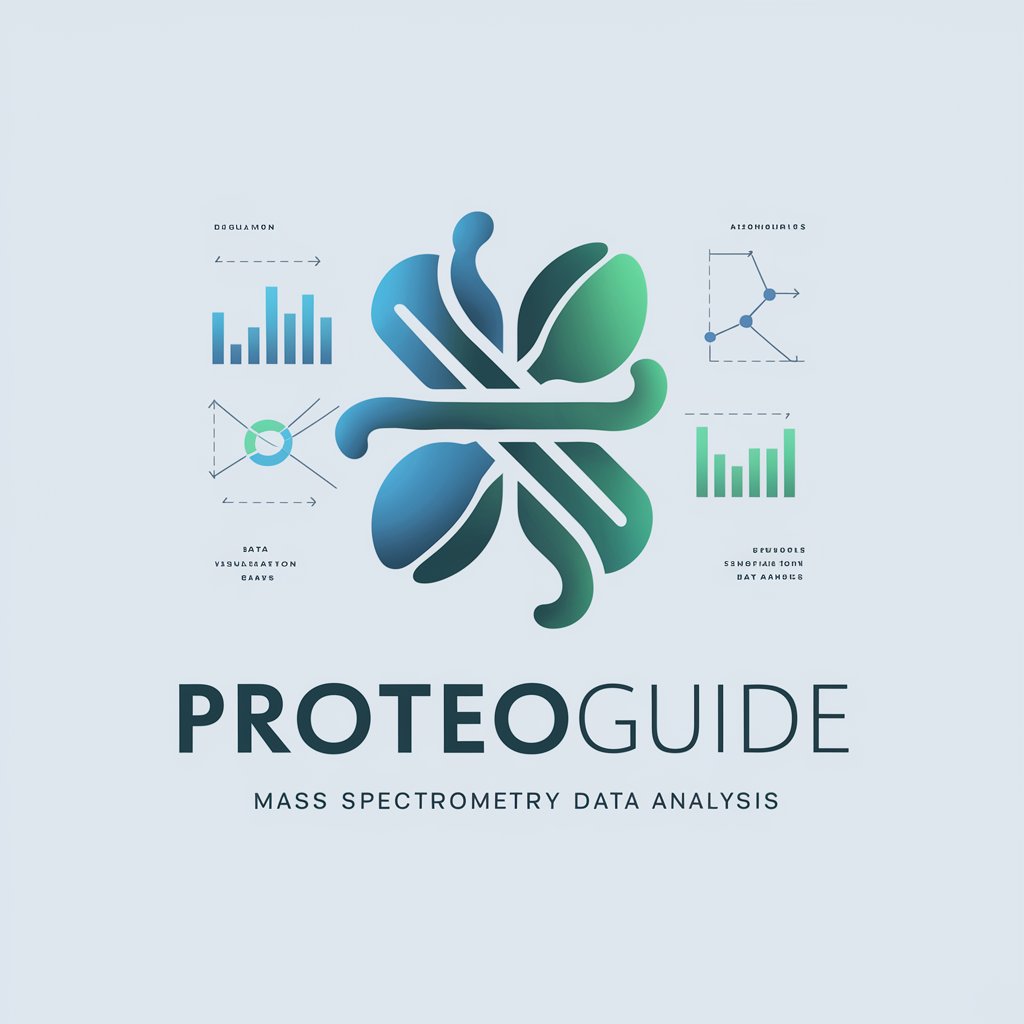
Android Jungle Guru
AI-powered Android Development Expert

Jungle Chat Explorer
Unveil Group Roles, Powered by AI

Jungle Guide
Optimize Your Amazon Listings with AI
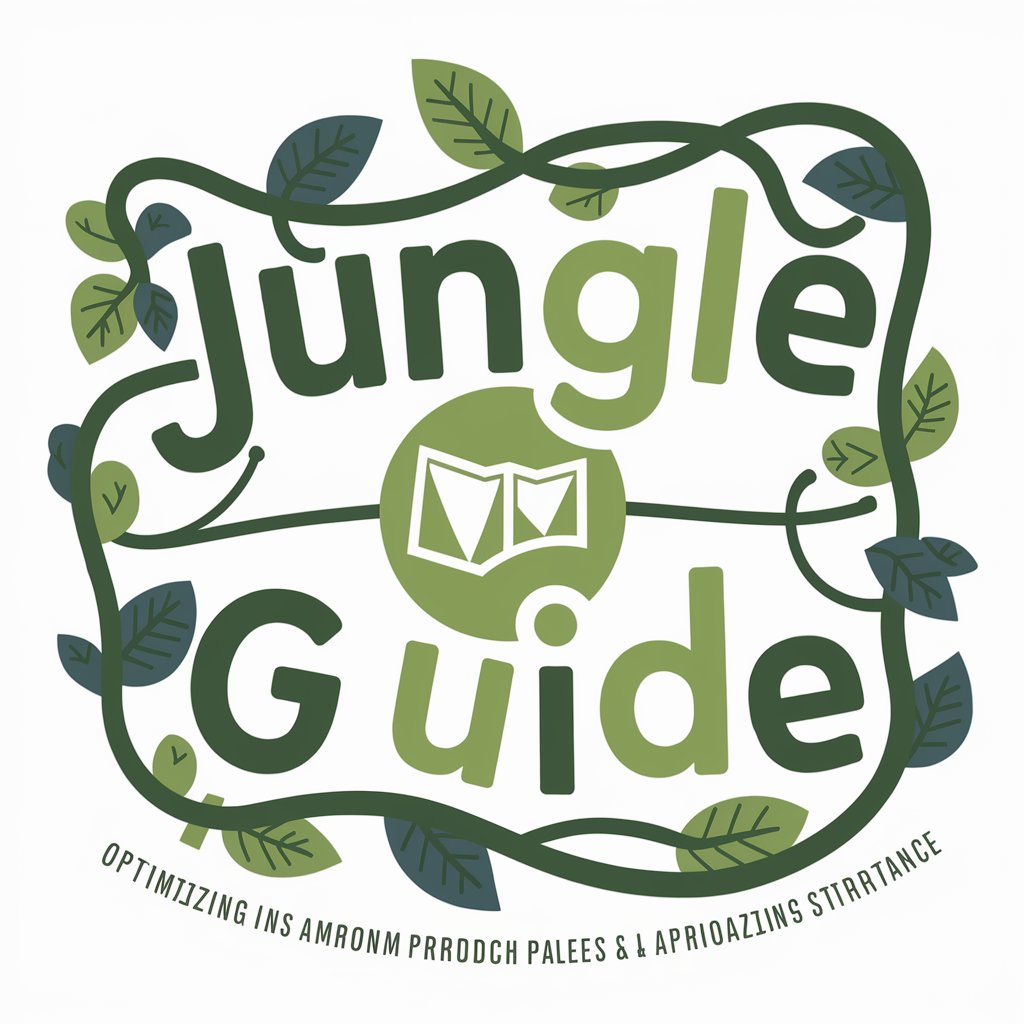
My League Analyzer (Jungle)
Strategize Your Jungle Picks with AI

Jungle Survival Guide
Navigate the Amazon with AI

Meditation Practice
Enhance your mind with AI-guided meditation

Interview Practice
Master Interviews with AI Coaching
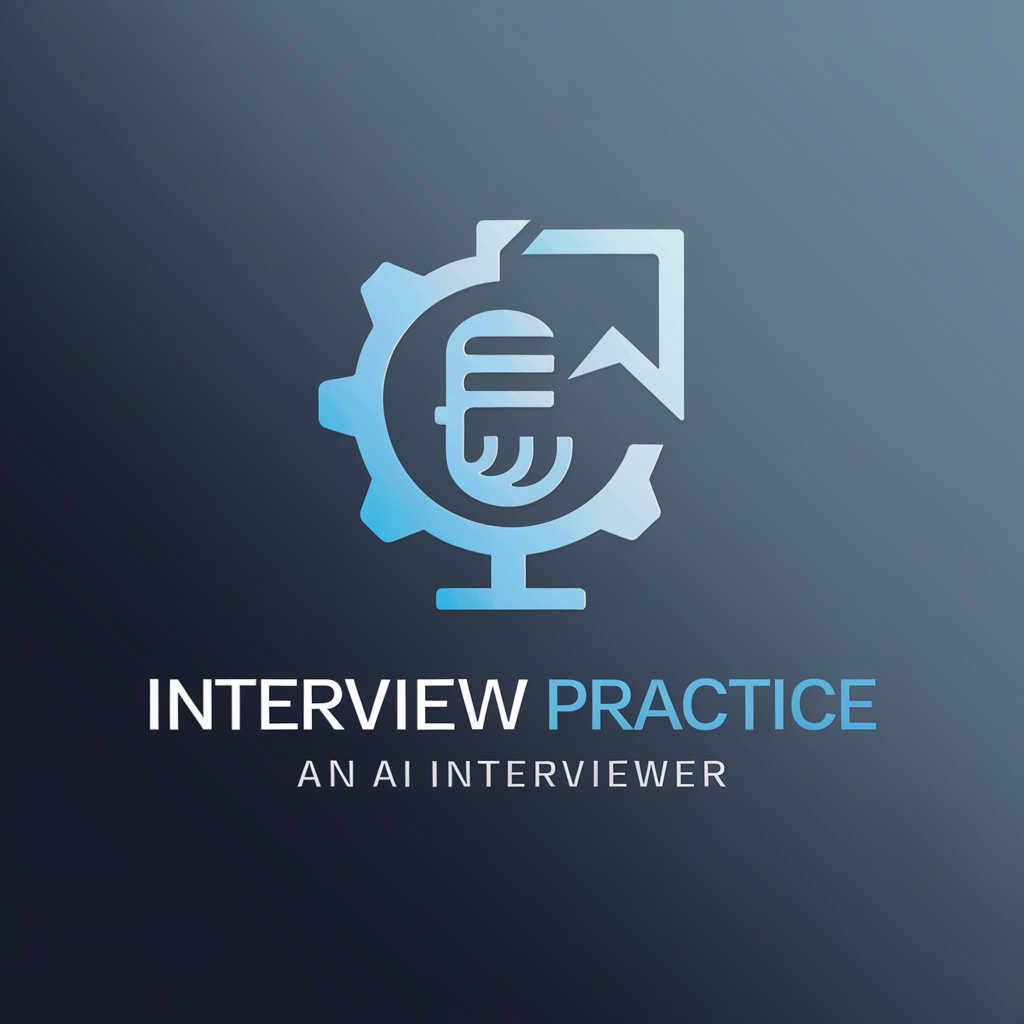
Translation Practice
Hone Your Translations with AI Precision

Spanish Practice Teacher
AI-Powered Spanish Learning Made Easy

Vegan KetoGPT
Power Your Diet with AI
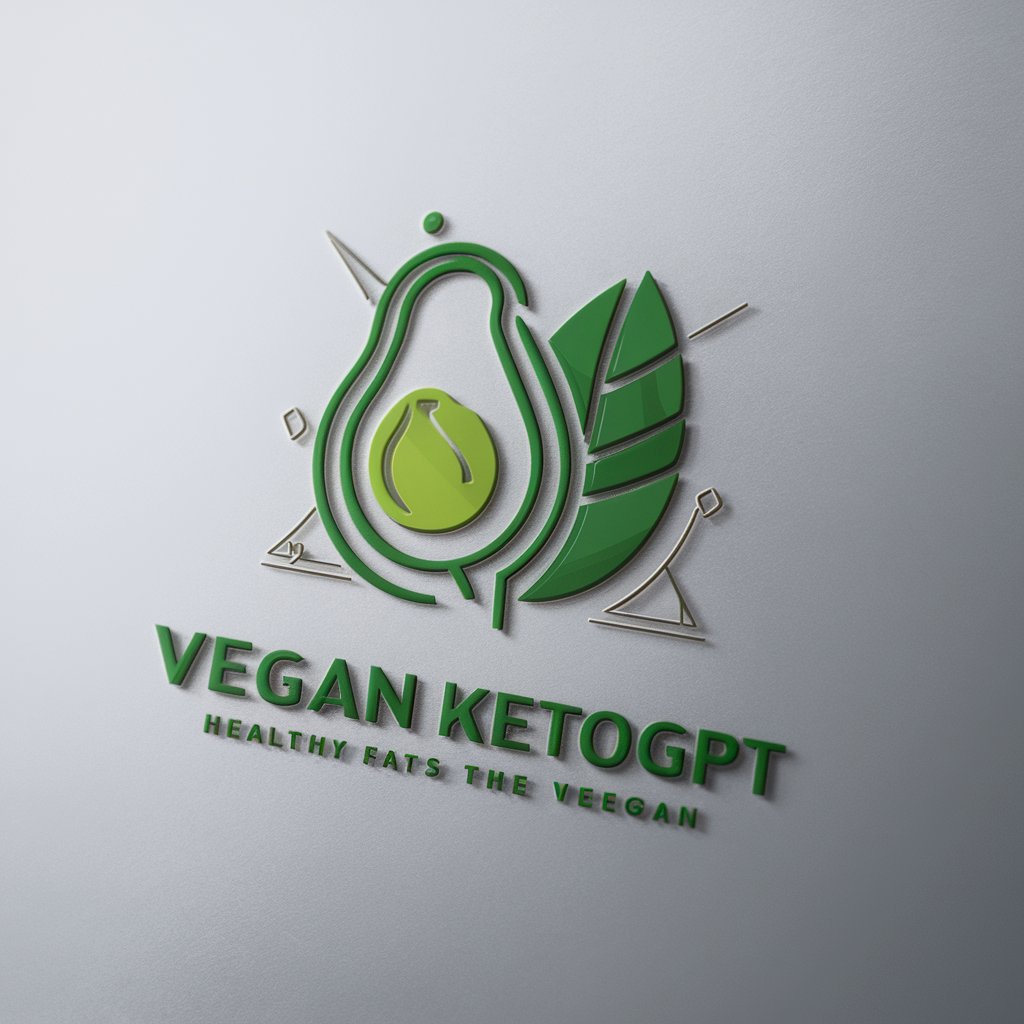
Simple Vegan
AI-Powered Vegan Cooking Simplified

Detailed Q&A about Proteome Guide
What is Proteome Guide specialized in?
Proteome Guide specializes in providing comprehensive insights into protein structures, functions, interactions, and their significance in biological systems, utilizing the latest research and technologies in the field of proteomics.
How does Proteome Guide stay updated with the latest proteomics research?
Proteome Guide continuously integrates up-to-date scientific literature and databases into its knowledge base, ensuring that the information provided is current and reflects the latest advancements in proteomics.
Can Proteome Guide help with protein structure prediction?
Yes, Proteome Guide can offer guidance on protein structure prediction by discussing relevant tools, techniques, and resources, including how to interpret prediction results within the context of biological research.
Is Proteome Guide useful for non-scientists?
Absolutely, Proteome Guide is designed to cater to users with varying levels of expertise, including students, educators, and enthusiasts, providing clear explanations and resources to foster understanding of proteomics.
How can Proteome Guide assist in proteomics data analysis?
Proteome Guide can provide advice on various data analysis tools and methodologies specific to proteomics, including quantitative analysis, protein-protein interaction networks, and functional annotation, tailored to your research needs.

